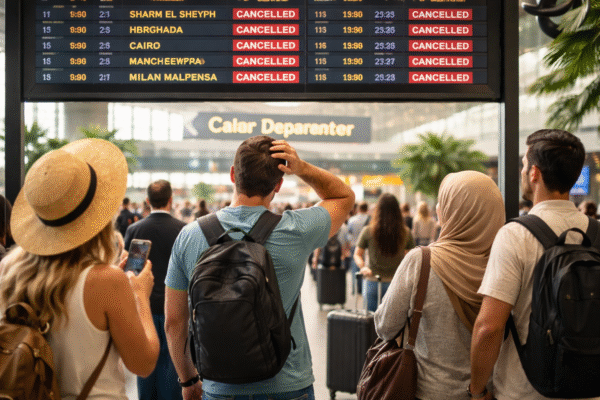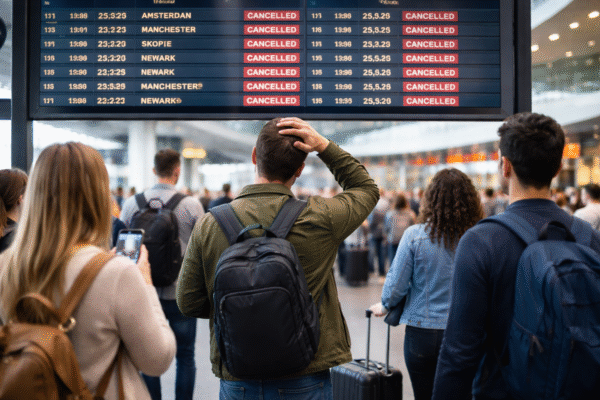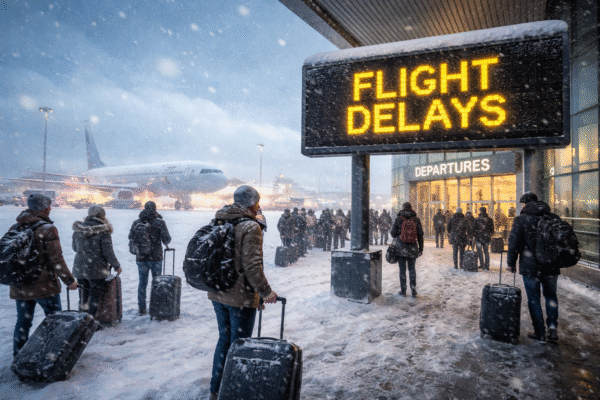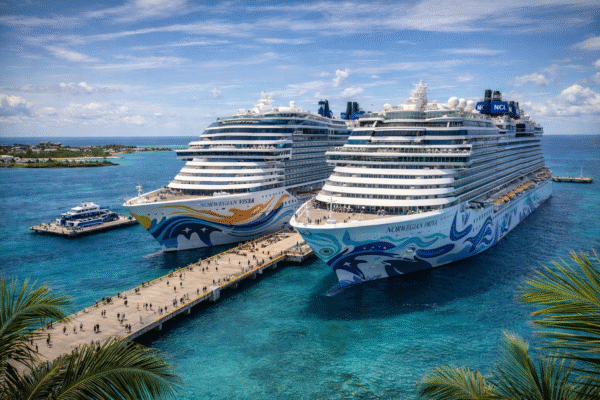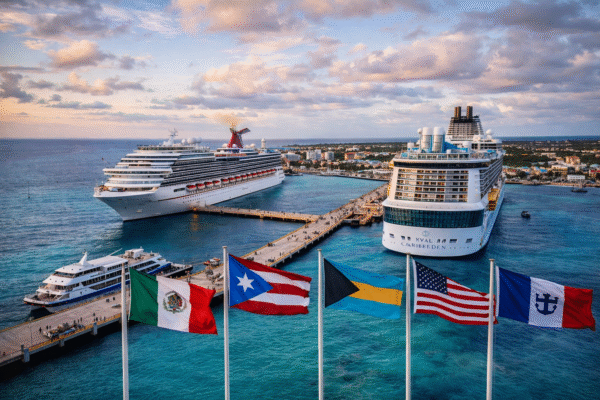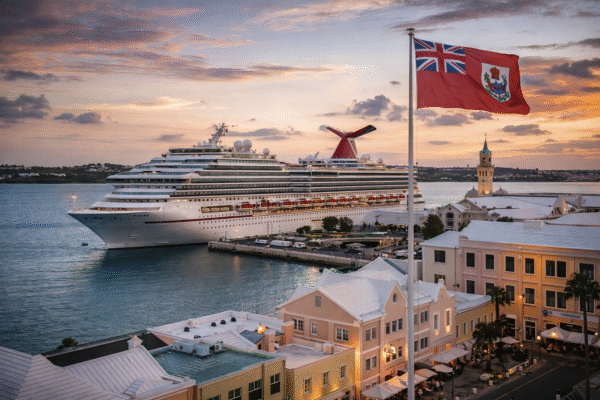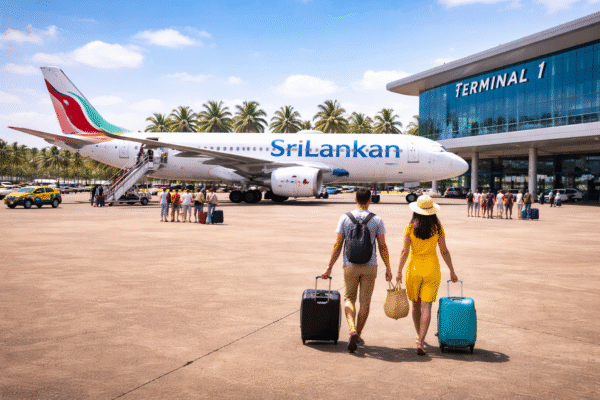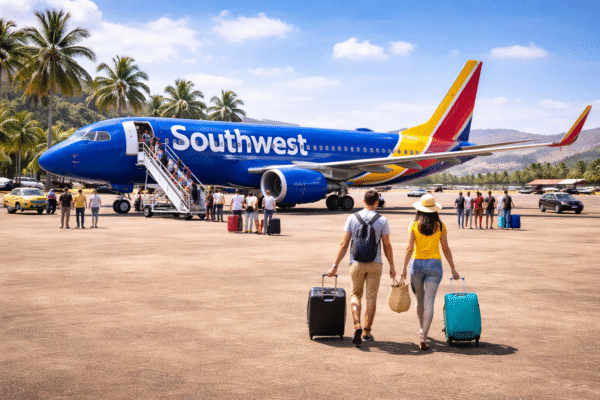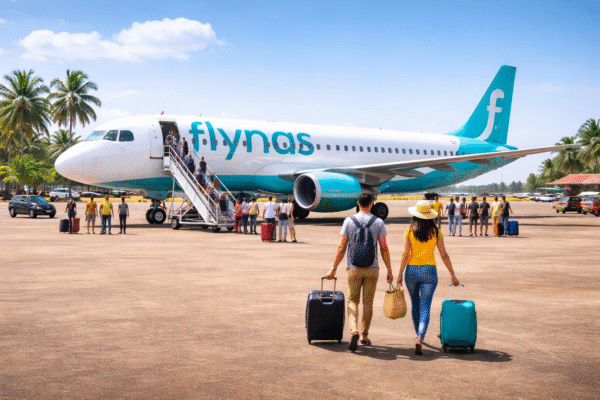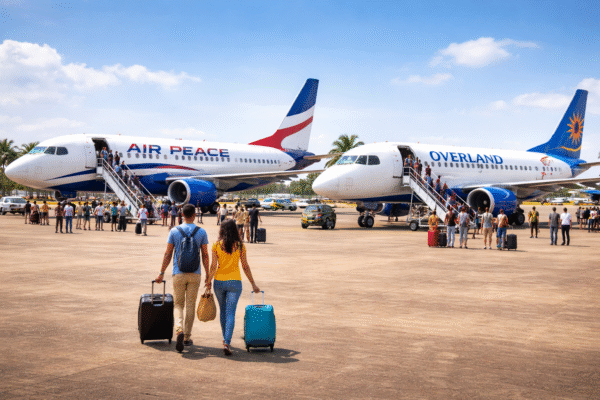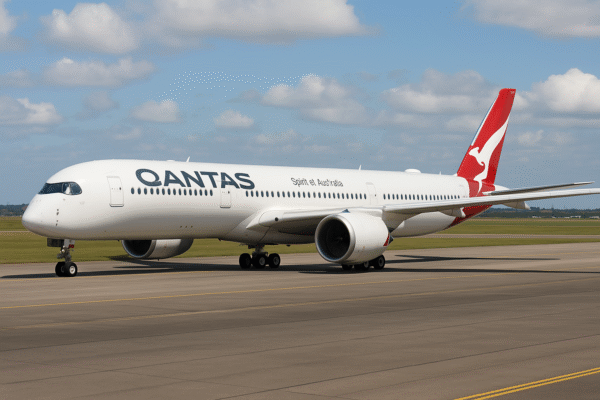Australia is on the verge of a landmark in long-distance aviation. In a bold move that marks a turning point for international travel, Qantas has confirmed it will begin ultra-long-haul, non-stop operations using the state-of-the-art Airbus A350‑1000 by early 2027. The airline has dubbed this ambitious endeavor “Project Sunrise,” and its implications reach far beyond mere convenience — it heralds a new era of speed, comfort, and sustainability in global tourism.
A New Chapter in Long-Haul Travel
Under Project Sunrise, Qantas plans to deploy a fleet of 12 specially adapted A350‑1000 jets capable of connecting Sydney and Melbourne directly with cities like London and New York. These flights, some of the longest commercial routes ever, will slash travel time by up to four hours compared with existing one-stop services. The airline’s CEO confirmed that the first aircraft is due in late 2026, with commercial operations expected to start in early 2027.
Exceptional Comfort Over the Horizon
These ultra-long-range A350‑1000s have been crafted with passenger well-being in mind. The aircraft’s cabin layout accommodates only 238 seats, down from the triple-deck, 485-seat Superjumbo. This lower density isn’t a compromise—it’s an upgrade. The interior features a dedicated “Wellness Zone” for stretching and refreshing, along with private first-class suites equipped with beds over six feet long, business-class pods that recline to lie-flat positions, and premium economy seats with extended legroom. Carriers will allow travellers to experience two sunrises in a single flight — a symbolic touch to elevate the journey.
Sustainability Meets Speed
The Airbus A350‑1000 isn’t just comfortable—it’s greener. Designed for ultra-long-haul operations, the aircraft incorporates a rear centre fuel tank and enhanced fuel efficiency. Its lighter structure and improved aerodynamics yield lower fuel burn per seat, helping reduce carbon emissions compared with older models like the A380. Qantas’s move aligns with its larger sustainability commitment and reflects broader pressure on airlines to adopt eco-friendlier fleets.
Strategic Expansion: Beyond Sunrise
While Project Sunrise highlights Sydney–London and Sydney–New York routes, Qantas has broader aims. Recent announcements confirm the A350‑1000 fleet will also serve key international markets including Singapore and Los Angeles Additionally, the aircraft rollout is part of a wider fleet renewal program that includes retirement of A380s by the early 2030s and integration of new A321XLR and 787-9 jets.
Even before the A350s arrive, Qantas continues to manage capacity challenges. In the short term, it’s returning two A380s to service and expanding Jetstar’s regional network to alleviate pressure.
What This Means for Travelers
From late 2026 onward, Australia’s position on the global map will feel closer than ever. Direct flights to London or New York, now spanning nearly half the globe, will divest from the typical stopover routine. For tourists, business travellers, and jetsetters — especially those flying from the US, UK, or Singapore — this translates to fewer disruptions, more convenience, and dreamlike cabin conditions.
For tourism-dependent economies and global travelers alike, Qantas’s investment signals a revitalized post-pandemic push toward seamless international experiences. By combining ultra-long-haul performance with refined in-flight service and reduced environmental impact, Project Sunrise positions Qantas at the forefront of modern aviation.
For more travel news like this, keep reading Global Travel Wire





